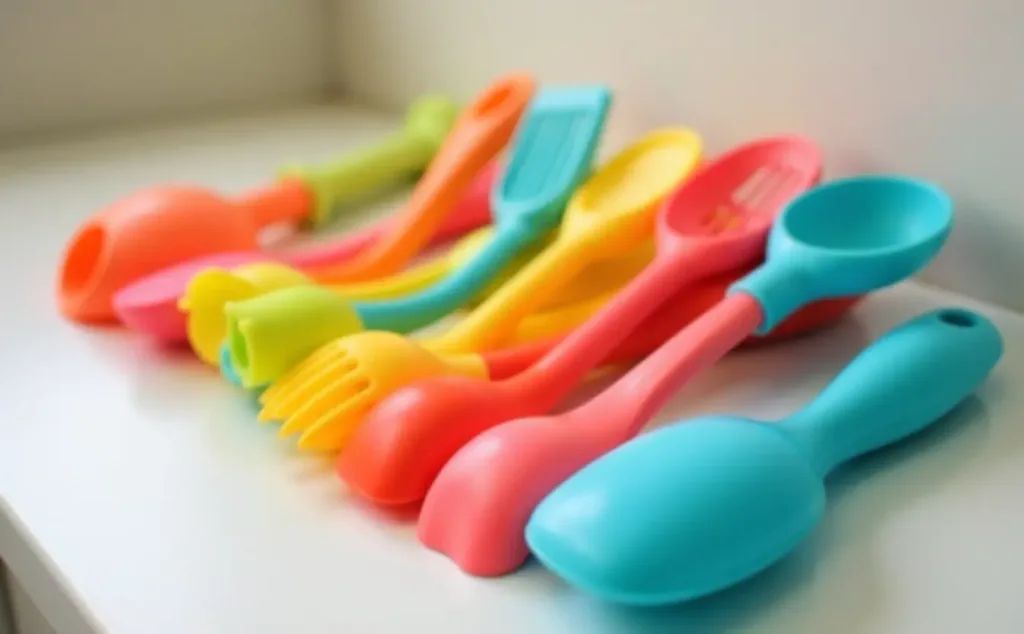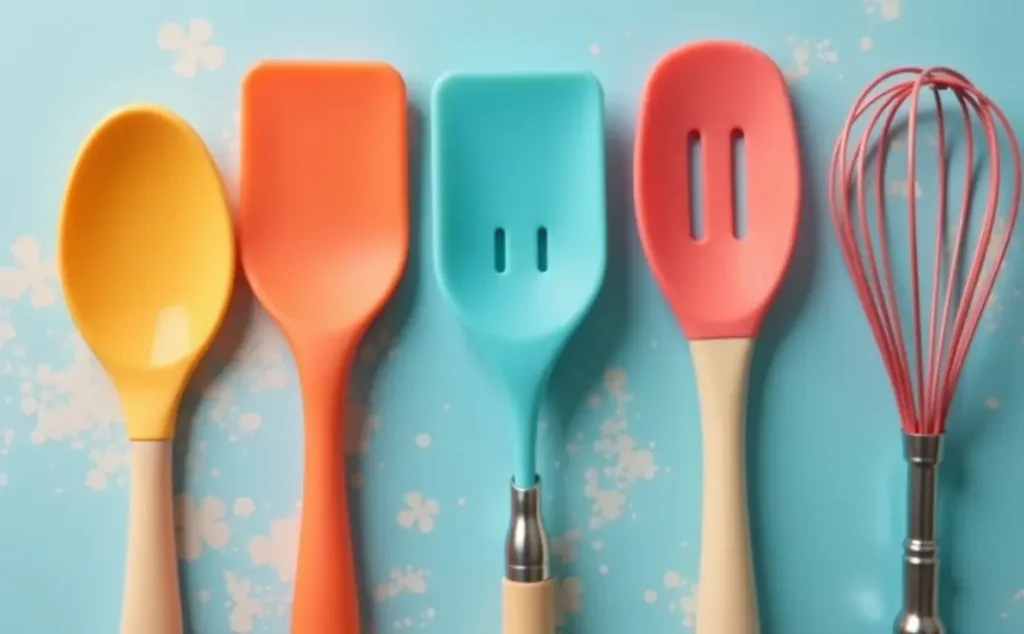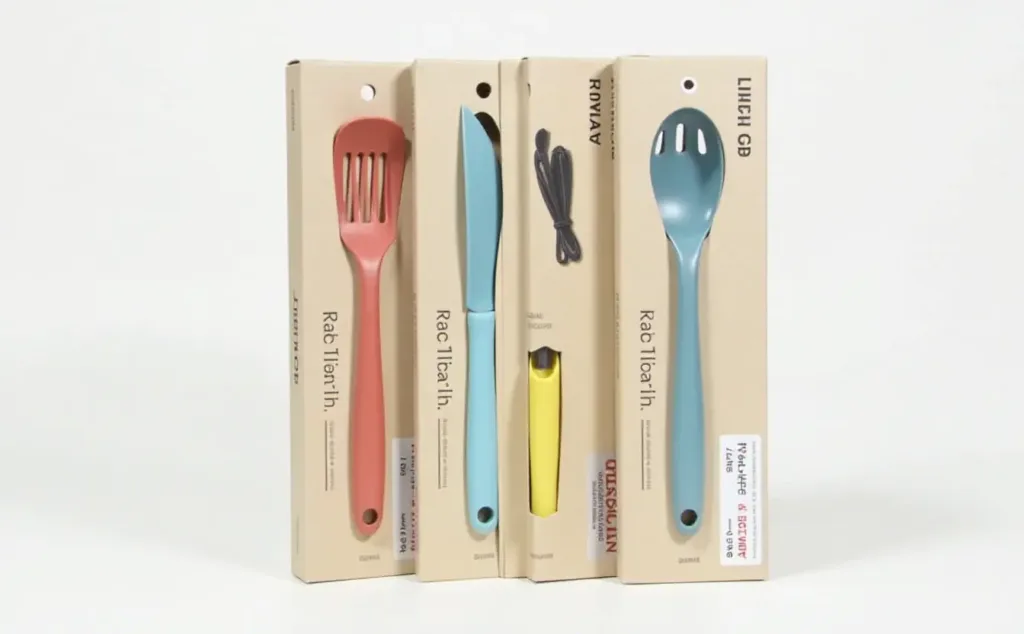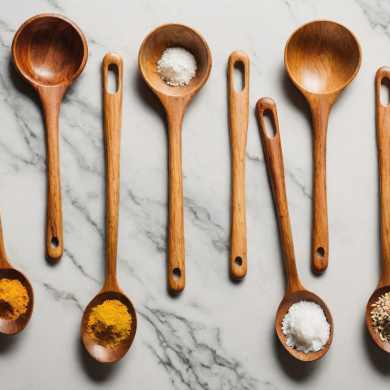Silicone Kitchen Tools in 2025: Safe, Stylish, and Seriously Game-Changing
There’s something satisfying about using tools that just work. You know, the kind that don’t warp, melt, or scrape your favorite cookware. Enter silicone kitchen tools. They’re popping up everywhere—from sleek spatulas to colorful whisks—and promise to be the heroes of hassle-free cooking.
But let’s not get ahead of ourselves. Are silicone utensils really the kitchen upgrade we’ve been waiting for? Or are they just another flashy trend? We’re going to take a good, hard (but friendly) look at what makes these tools tick, whether they’re safe, and if they actually live up to all the buzz.

What Exactly Are Silicone Kitchen Tools?
Silicone, in simple terms, is a synthetic rubber made from silica—yep, the stuff found in sand. But it’s no beach toy. When crafted into kitchen tools, silicone becomes heat-resistant, flexible, and surprisingly durable.

Think of a silicone spatula—it bends without snapping, resists heat like a champ, and glides across nonstick pans without leaving a mark. Sounds dreamy, right?
Here’s what makes silicone tools a staple for modern cooks:
- Heat Resistance: Many are safe up to 450°F (or more)
- Nonstick-Friendly: Won’t scratch Teflon or ceramic surfaces
- Flexible but Tough: Perfect for scraping every last bit of batter
- Color Variety: Let’s be honest—those pops of color make kitchens more fun
Are They Safe to Use? Let’s Talk Facts (and a Few Myths)

So here’s the big question: Is cooking with silicone safe? That’s where things get a little sticky—pun fully intended.
What the Research Says
Most food-grade silicone is considered safe by health organizations like the FDA. It doesn’t leach harmful chemicals like plastic can when heated. In fact, high-quality silicone is inert, meaning it won’t react with food or beverages.
But Not All Silicone Is Created Equal
That dollar-store spatula? It might be more filler than food-grade. Cheap silicone can contain additives that lower its quality and safety. So, always look for:
- LFGB or FDA certification
- 100% food-grade silicone labeling
Common Myths
- Myth: Silicone melts easily — Nope, not the good stuff
- Myth: It leaves a weird taste — Only if it’s poor quality or not properly cured
The Durability Test: Do Silicone Tools Go the Distance?
This isn’t about one-off meals. If you’re cooking daily, you need tools that hold up. Silicone delivers—mostly.
- It doesn’t crack like plastic
- It doesn’t rust like metal
- It won’t warp like wooden spoons left in water
But, let’s be real. Silicone isn’t indestructible. A knife nick or careless dishwasher loading can shorten its life. Still, with basic care? These babies last.
Why Silicone Tools Are a Game-Changer for Nonstick Cookware
Ever ruined a pan with a metal spoon? It hurts. Silicone tools, though, are gentle on nonstick surfaces, making them ideal for modern pots and pans.
Plus, their flexible edges make it easier to stir sauces, flip pancakes, and scoop scrambled eggs without that horrible scraping sound. You know the one.
Style Meets Function: Not Just Useful, But Pretty Too
Silicone kitchen tools aren’t just practical—they’re kind of Instagrammable. Available in pastel tones, bold colors, and minimalist designs, they blend seamlessly into both rustic and modern kitchen setups.
Many sets come with matching utensils, holders, and even measuring cups. It’s like kitchen coordination, but without trying too hard.
Caring for Silicone: Surprisingly Low Maintenance
Here’s the easy part—cleaning silicone is mostly a breeze.
- Dishwasher-safe (for most brands)
- Doesn’t absorb odors or flavors
- No need for oiling like wooden tools
Quick tip: if your silicone spatula starts to feel greasy, soak it in hot water with baking soda. That’ll draw out lingering oils and give it a reset.
The Downsides? Yeah, There Are a Few
No tool is perfect. Silicone has its quirks:
- Too flexible sometimes: Stirring thick dough? You might miss the firm control of wood or metal.
- Staining: Tomato sauce has claimed many a silicone ladle.
- Can retain odor: Garlic-flavored pancakes? No thanks.
Still, these are minor trade-offs for the flexibility (literally and figuratively) you get.
How Silicone Compares: Wood, Metal, and Plastic
Let’s stack it up.
| Feature | Silicone | Wood | Metal | Plastic |
|---|---|---|---|---|
| Heat Resistance | Excellent | Good | Excellent | Poor to Fair |
| Pan-Safe | Yes | Yes | No (can scratch) | Usually |
| Dishwasher Safe | Mostly | No | Yes | Yes |
| Durability | High | Medium | High | Low |
| Sustainability | Moderate | High | Low | Low |
✅ Pros and Cons of Silicone Kitchen Tools
| Pros | Cons |
|---|---|
| Highly heat resistant – Most withstand up to 450°F or more | Too flexible for heavy-duty tasks like stirring thick dough |
| Nonstick cookware safe – Won’t scratch pans | Can stain with tomato sauces, turmeric, etc. |
| Dishwasher friendly – Easy cleanup | May retain strong odors like garlic or onion |
| Durable – Resists cracking, warping, or rusting | Not ideal for sharp cutting or scraping tasks |
| Variety of colors and designs – Stylish for modern kitchens | Low-quality versions can contain fillers or degrade over time |
| Safe for food use – If certified (FDA/LFGB) | Not recyclable via standard curbside programs |
Brands Worth Knowing
If you’re thinking of upgrading, here are a few tried-and-true silicone tool brands:
- OXO Good Grips – Ergonomic, reliable, and not outrageously priced
- GIR (Get It Right) – Premium quality, fun colors
- Misen – Sleek, minimalist, and professional-grade
- StarPack – Budget-friendly and high-performing
Best Picks Based on Your Cooking Style
- Busy Parent? A heat-resistant spoonula set that’s easy to clean
- Beginner Cook? A full utensil starter set with ladles, whisks, and tongs
- Baking Fanatic? Silicone spatulas and pastry brushes are a must
- Design Lover? Neutral-toned matching sets that look amazing on your counter
The Takeaway: So, Are They Worth It?
If you value versatility, safety, and style, silicone kitchen tools check a lot of boxes. They make cooking easier, protect your cookware, and add a touch of modern charm to your kitchen setup.
Are they perfect? No. But then again, what tool is? What they offer—a balance of convenience, performance, and flair—is pretty hard to beat.
So yeah, we’d say they’re worth a spot in your kitchen drawer.
Looking for the best silicone utensils in 2025? Check out our handpicked favorites on UtensilsTop.com—where practical meets pretty.
FAQ
Are silicone utensils microwave safe?
Yes, most food-grade silicone is microwave-safe—just avoid direct flame.
Do silicone tools leach chemicals?
Not if they’re made of 100% food-grade silicone. Stick with trusted brands.
Can I use silicone tools in high-heat cooking?
Absolutely—just check the tool’s heat limit (usually around 450°F).
Why does my silicone tool feel greasy?
Oils can cling over time. A soak in baking soda and hot water should help.
Are they recyclable?
Silicone isn’t typically curbside recyclable but can be sent to specialty recyclers.





Add comment